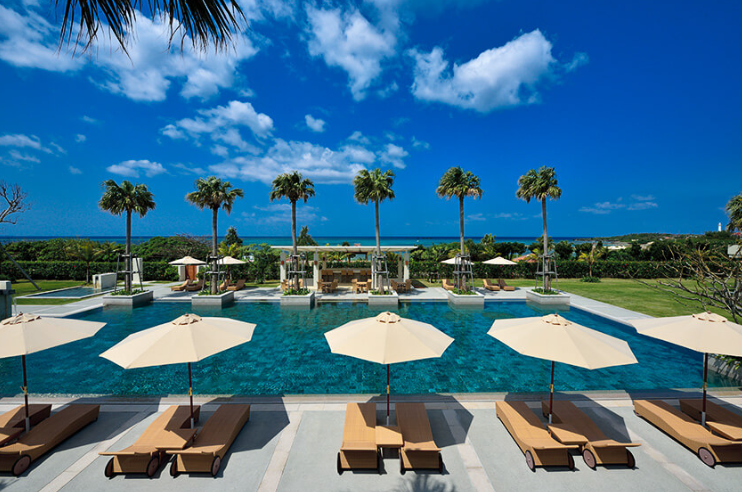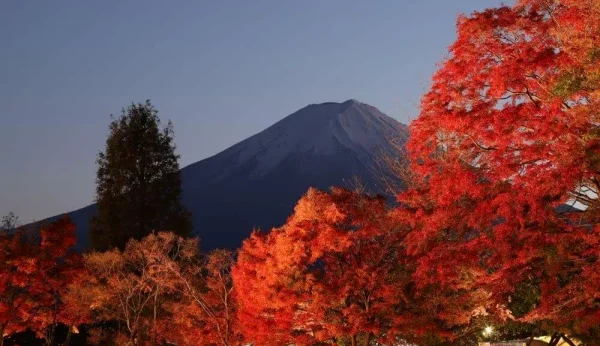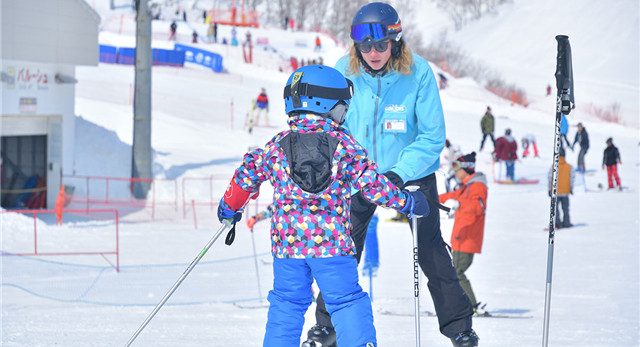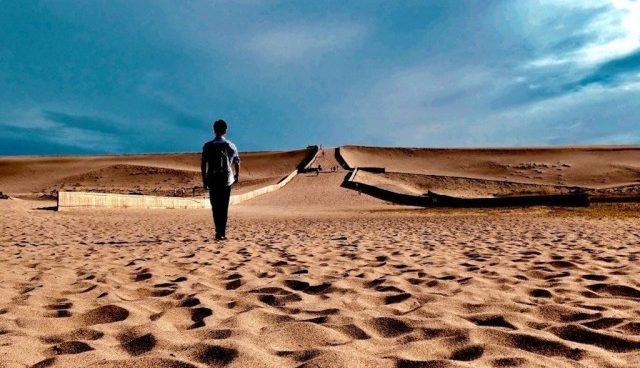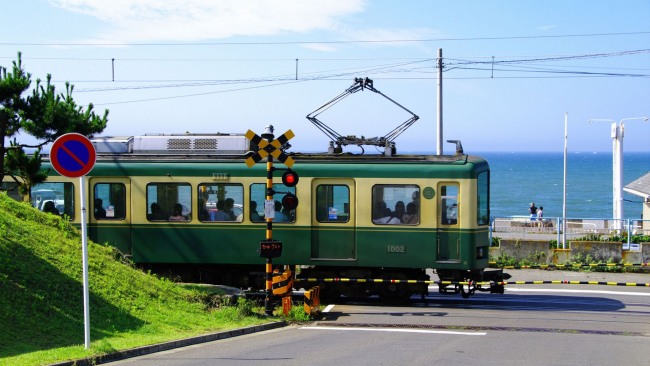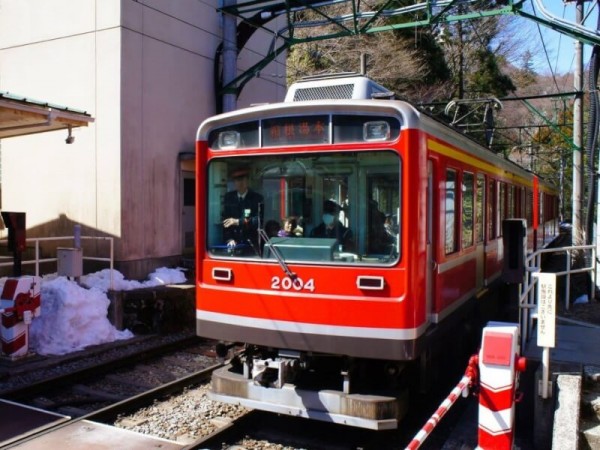
Hakone stands as one of Japan's most beloved tourist destinations, situated in proximity to the city center. It boasts numerous captivating landmarks such as Hakone Checkpoint, Lake Ashi, Owakudani, and Sengokuhara.
However, when it comes to Hakone tourism, the most esteemed attraction is undoubtedly its hot springs. Referred to as the "Tokyo Backyard," Hakone's hot springs, each characterized by its unique features, offer the charm of experiencing a variety of thermal baths. The influx of international visitors to this haven is steadily increasing.
In this article, we meticulously selected the most recommendable spots among Hakone's hot springs.
What kind of place is Hakone?
Situated in Hakone Town, Ashigarashimo District, Kanagawa Prefecture, Hakone is nestled in the rugged terrain surrounded by mountains, primarily the Hakone active volcano.
It features renowned sites like Lake Ashi, Sengokuhara, and Owakudani, all shaped by volcanic activities.
What is Hakone Onsen?
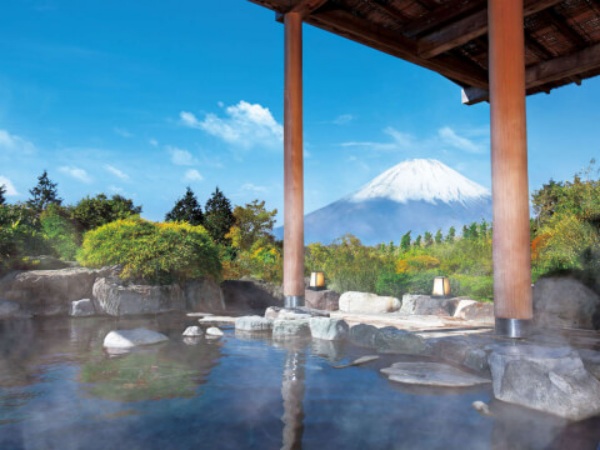
Hakone Onsen is the collective term for the hot springs gushing around the Hakone volcanic crater. Currently, there are approximately 20 hot spring locations, as the Hakone volcano has been active for about 400,000 years.
Due to the ever-changing volcanic topography, a multitude of hot springs with diverse mineral compositions spring forth, offering a wide variety of spring types.
For instance, in the vicinity of volcanic craters like Owakudani, the predominant type is the "acidic sulfate spring" rich in sulfate ions, while at the foot of the mountain in the Gora Onsen area, the main composition is the "chloride bicarbonate sulfate spring (mixed type)."
Quality of Hakone Hot Springs
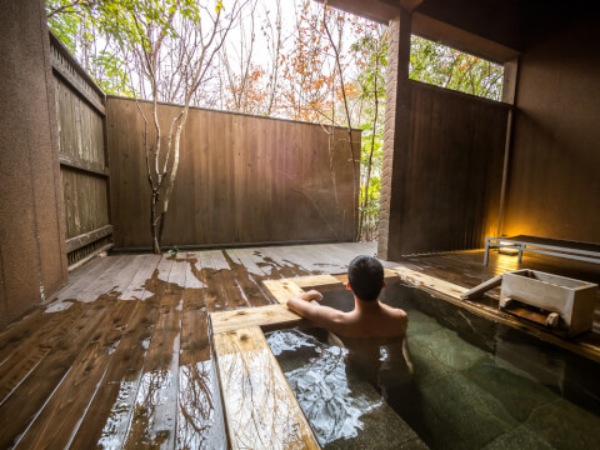
Hakone's hot springs exhibit a diverse range of types, including mixed types, but they can be primarily categorized into the following seven spring properties.
The characteristics and effects of each hot spring type vary. Let's select based on your preference for hot spring properties or the symptoms you wish to address.
Simple Hot Spring
Defined as "hot spring water with a temperature above 25°C, with components in 1 kilogram of hot spring water below 1000 milligrams."
Feels gentle, and based on water quality, it is categorized into simple acidic hot springs and simple alkaline hot springs.
Effective for conditions such as vegetative nervous instability, insomnia, and depression, depending on the specific water quality.
Chloride Springs
Defined as "spring water with components in 1 kilogram of hot spring water exceeding 1000 milligrams, with chloride ions as the main negative ions."
Also known as "salt springs," it has the characteristic of keeping the skin warm and promoting circulation due to the salt adhering to the skin.
Effective for cuts, peripheral circulation disorders, sensitivity to cold, depression, and dry skin.
Sulfate Springs
Defined as "spring water with components in 1 kilogram of hot spring water exceeding 1000 milligrams, with sulfate ions as the main negative ions."
Classified into various types based on the main cations, such as sulfate sodium springs, sulfate calcium springs, sulfate magnesium springs, etc.
Effective for cuts, peripheral circulation disorders, cold sensitivity, depression, and dry skin, depending on the specific cation.
Sulfur Springs
Defined as "hot spring water with a total sulfur content of 2 mg or more per 1 kg."
Generally classified into simple sulfur and hydrogen sulfide types, with the distinctive smell of eggs attributed to hydrogen sulfide.
Exhibits potent bactericidal properties, capable of eliminating epidermal bacteria and substances causing atopic materials.
Effective for conditions such as atopic dermatitis, psoriasis vulgaris, chronic eczema, and suppurative skin conditions.
Acidic Springs
Defined as "hot spring water with more than 1 mg of hydrogen ions per 1 kilogram."
Characterized by extremely strong bactericidal properties.
If the acidity is high, it may sting the skin, so individuals with sensitive or elderly skin are advised to avoid acidic springs.
Effective for conditions such as atopic dermatitis, psoriasis vulgaris, suppurative skin conditions, and diabetes.
Hydrogen Carbonate Springs
Defined as "hot spring water with components exceeding 1000 mg per 1 kg, with the main negative ions being hydrogen carbonate ions."
Also known as "beauty hot springs," it possesses the ability to soften and exfoliate the skin.
Effective for cuts, peripheral circulation disorders, sensitivity to cold, and dry skin.
Other Springs
Refers to hot springs that do not fit into the above six categories. Springs that blend the characteristics of the aforementioned types might offer dual effects.
It is said that Hakone hot springs are not only effective for the water qualities mentioned above but also beneficial for various symptoms such as muscle pain, decreased gastrointestinal function, and hypertension.
Moreover, it is safer to avoid bathing when physically weak, such as during a fever, as it may worsen symptoms.
Hakone's Seven Traditional Hot Springs
Since the Nara period to the Edo period, the following seven traditional hot springs have thrived in Hakone, sustaining its prosperity in the realm of hot springs.
Hakone Yumoto Onsen
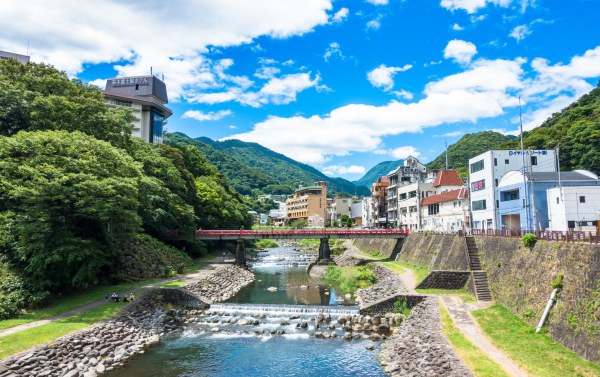
Hakone Yumoto Onsen is situated at the gateway of Hakone and stands as the largest hot spring district, bustling especially around the station area.
With a history spanning 1200 years since its inception, it originates from the natural spring on Mount Yubune in the Hakone mountain ridge.
It boasts a significant volume of hot water, reaching approximately 8,000 tons daily. Including the adjacent Tounosawa Onsen, there are a total of 79 hot spring sources.
Tonosawa Onsen
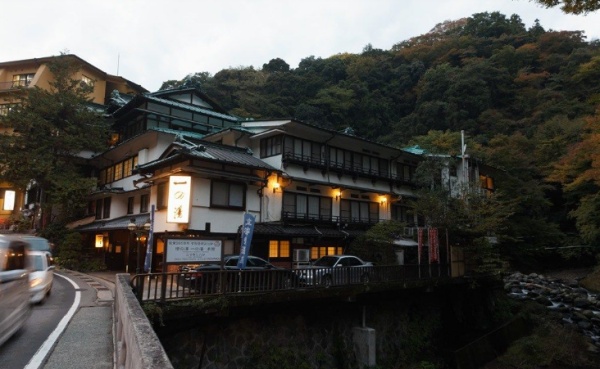
Nestled deep within Hakone Yumoto Onsen, Tounosawa Onsen exudes a more serene atmosphere compared to the lively Yumoto area.
Similar in quality to Yumoto Onsen, it has a slightly higher alkalinity. This onsen area shares historical connections with figures like Ito Hirobumi and Tenshoin.
Miyanoshita Onsen
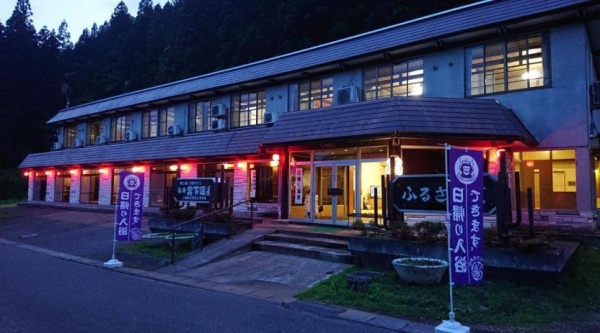
The surrounding areas of Miyanoshita are enchanting with their well-developed retro streetscapes from the Meiji era onwards.
Believed to have been discovered during the Muromachi period, it is named after the shrine beneath the temple of Kumano Shrine.
Developed as foreign property, Miyanoshita Onsen remains a favored hot spring destination for many international tourists.
The renowned Fujiya Hotel, frequented by numerous foreign celebrities, is located in this onsen district. The main spring types are simple hot spring and chloride springs.
Tonosawa Onsen
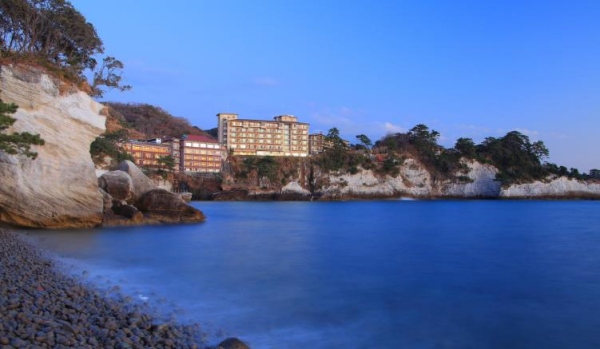
This onsen is located at the bottom of the Sawayama Valley near Miyanoshita.
To access the hot springs, one needs to take the private Kyukaro electric train (cable car) operated by the hotels.
Away from the hustle and bustle of the city, Tonosawa Onsen is ideal for those seeking a tranquil soak to relax.
Reportedly discovered by the famous monk Yumezo Soeki during the Muromachi period, it is a secluded hot spring favored by literary figures like Yasunari Kawabata and Seicho Matsumoto.
The main spring quality is a colorless transparent chloride sodium spring.
Kusatsu Onsen
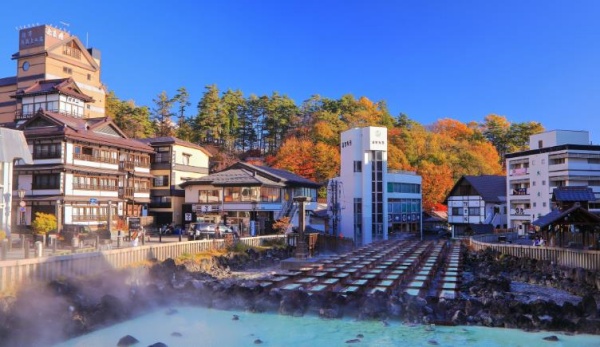
It is said that during the attempt to revive the Southern Court by the grandson of Nitta Yoshisada, Nitta Yoshizane, he was assassinated while seeking healing in the hot springs.
This onsen has a long-standing tradition, with historical events such as Toyotomi Hideyoshi camping during the attack on Odawara and the late arrival of Date Masamune resulting in his capture.
The "Taikoiwa-yu," a bath established by Hideyoshi for his soldiers, which can now only be seen as a stone monument from across the river.
Once favored by Ito Hirobumi and the first Minister of Education Mori Arinori, now only one inn remains in operation.
Kaga Onsen
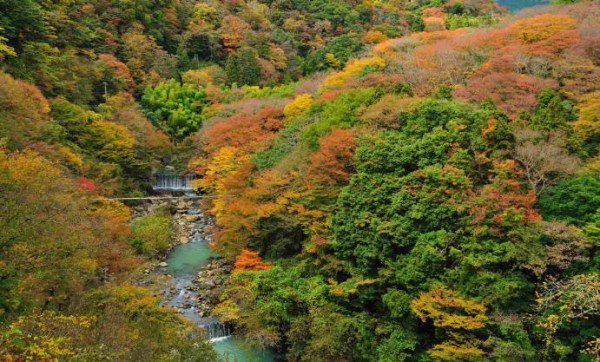
Legend has it that during the Genpei War, Minamoto no Yoshinari's retainer Kaga Yoshinari discovered this onsen under the guidance of a white fox.
In the Edo period, the hot springs were offered to the shogun as a place for promoting fertility.
Although it temporarily declined, it regained vitality and now has inns and day-use hot spring facilities.
The spring quality includes simple hot spring and alkaline simple hot spring, believed to be effective for cuts, neuralgia, joint pain, and sensitivity to cold.
Ashinoyu Onsen
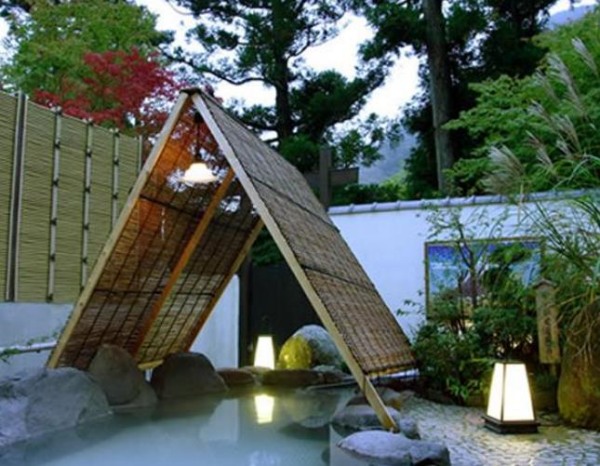
It is the highest-altitude onsen among Hakone's seven hot springs.
Famous as a hot spring resort since the Kamakura era, it ranks high on the "Koukoku Onsen Kanami," a hot spring ranking in the "Koukoku Onsen Kanami" museum.
The only neutral sulfur spring in Hakone, often praised as a beauty-enhancing hot spring.
Now, let's introduce recommended hot spring inns and day-use facilities where you can enjoy Hakone's famous hot springs!
【Recommended Hot Spring Inns in Hakone Yumoto, Tounosawa, and Odawara]】
We will introduce Hakone Yumoto, the oldest hot spring in the Hakone onsen area, the adjacent Tounosawa, and Odawara, a prosperous castle town and relay station with sights such as Odawara Castle scattered around.
There are many hot springs in Hakone Yumoto and Tounosawa, but there are not many other tourist attractions, so choose an inn according to your needs.
1. Hakone Yumoto Onsen Tsuki no Yado Sara
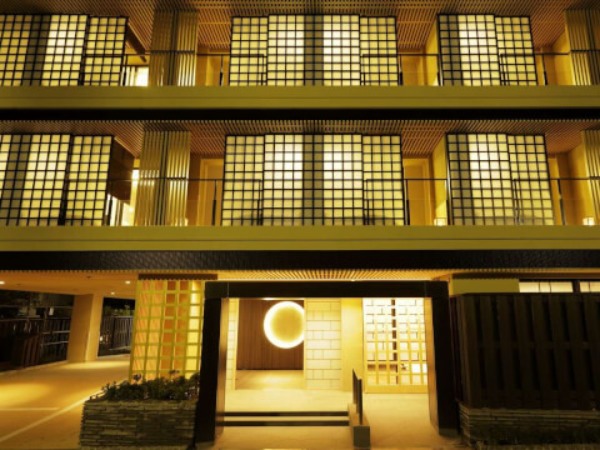
Hotel Tsuki no Yado Sara, opened in December 2015, is a luxurious hot spring resort hotel where guests can fully indulge in the beauty of Hakone Yumoto, the origin of Hakone Onsen, inspired by the moon.
True to its name, the hotel incorporates "Hakone craftsmanship" and features a modern Japanese design.
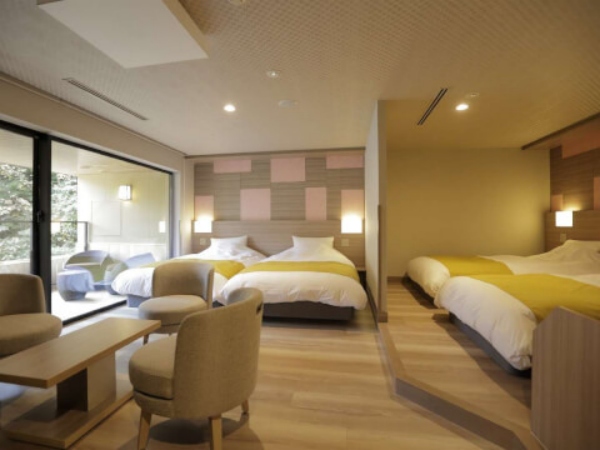
All rooms in this hotel come with an open-air bath (though not a hot spring). The soothing sounds of the Susuki River, the rustling wind, and bird songs outside the window provide a truly relaxing atmosphere.
Each room is equipped with coffee beans and a grinder for you to enjoy freshly brewed coffee in the comfort of your room.
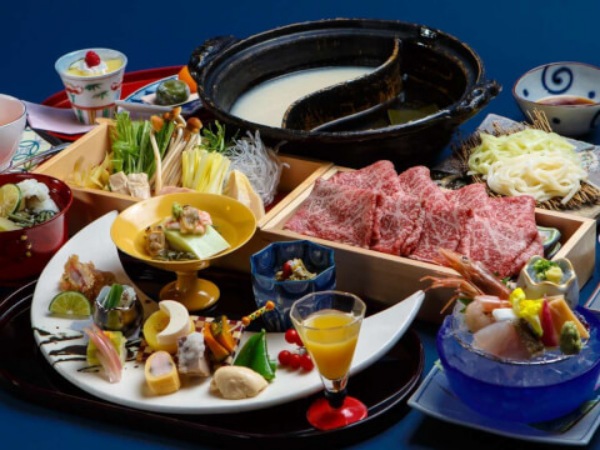
This hotel is renowned for its delicious cuisine. The restaurant is a serene space adorned with intricate patterns on the walls and ceilings.
The dinner is a Japanese kaiseki meal, with the main dish featuring ample portions of Japanese beef. It is substantial enough to satisfy two or three people.
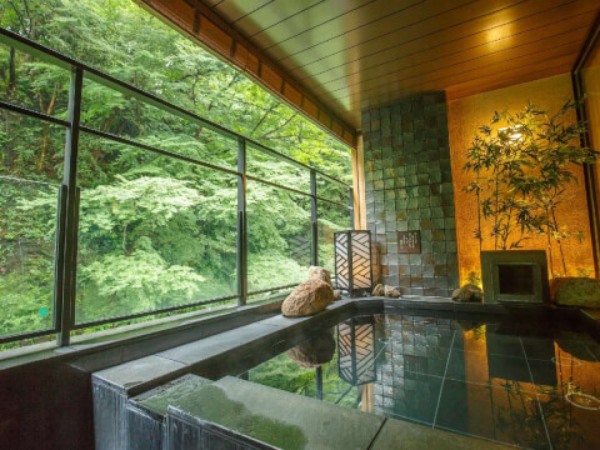
The most intriguing part of the hot spring experience is the public bath, which includes both open-air and indoor baths, as well as two private rental baths (free of charge) available 24 hours.
Listen to the gentle flow of water in the open-air bath and relax in the tatami space of the indoor bath; both use the natural spring water from Yumoto.
Hakone Yumoto Onsen Tsuki no Yado Sara Information
Address: 588-1 Yumoto, Hakone-machi, Ashigarashimo-gun, Kanagawa
Access: Approximately 10 minutes on foot from Hakone Yumoto Station
Phone: 0460-85-7888
Price: Starting from 9,259 JPY (for 2 adults)
Hot Spring: Hakone Yumoto Onsen
Spring Quality: Chloride spring
Booking: Booking.com | Agoda
2. Yumoto Fujiya Hotel
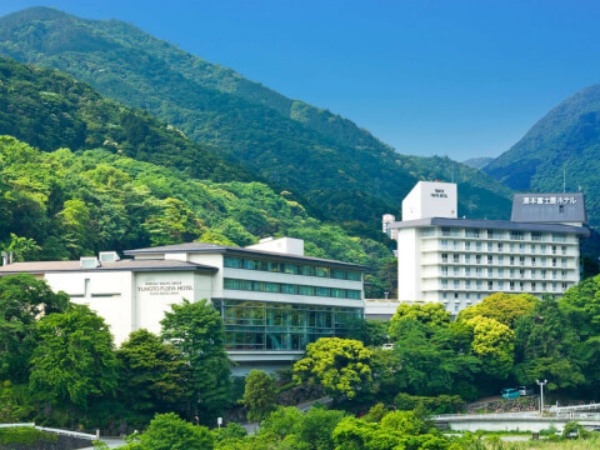
Yumoto Fujiya Hotel, the sister hotel of the famous Hakone hotel Miyanoshita Fujiya Hotel, is a well-known hotel in Hakone.
Its location is excellent, just a 3-minute walk from Hakone Yumoto Station, surrounded by a serene environment with clear streams and lush greenery.
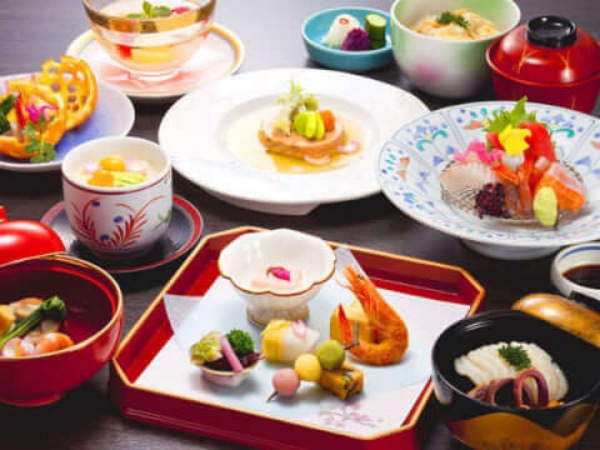
The highlight of this hotel is its delicious cuisine. For dinner, guests can choose from Japanese, French, or Chinese options.
Talented chefs use carefully selected ingredients to create exquisite flavors that can only be experienced here.
The presentation is also lifelike, explaining the high user ratings.
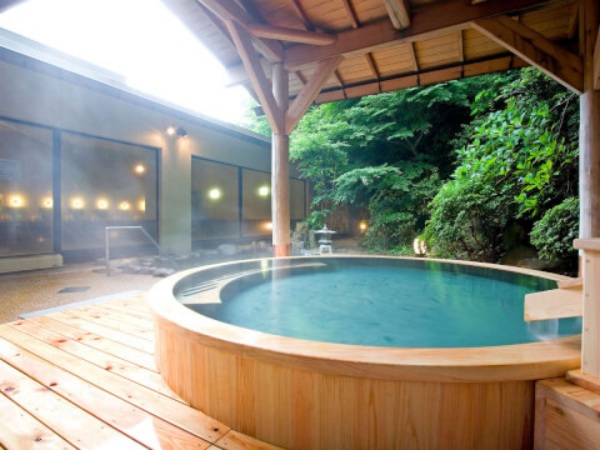
The large communal bath "Hayakumo" has two open-air baths and two indoor baths, allowing guests to fully enjoy the hot springs of Hakone Yumoto.
The open-air baths exude a rich rural atmosphere, surrounded by green trees, with options like rock baths and cypress baths.
Private baths and sauna rooms are also available, making it perfect for guests who want to enjoy the hot springs in a more private setting.
Yumoto Fujiya Hotel Information
Address: 256-1 Yumoto, Hakone-machi, Ashigarashimo-gun, Kanagawa
Access: 3 minutes on foot from Hakone Yumoto Station
Phone: 0460-85-6111
Price: Starting from 9,500 JPY (for 2 adults)
Hot Spring: Hakone Yumoto Onsen
Spring Quality: Simple alkaline spring
Booking: Booking.com | Agoda | Hotels.com
3. Ryokan Motoyu Kansuiro
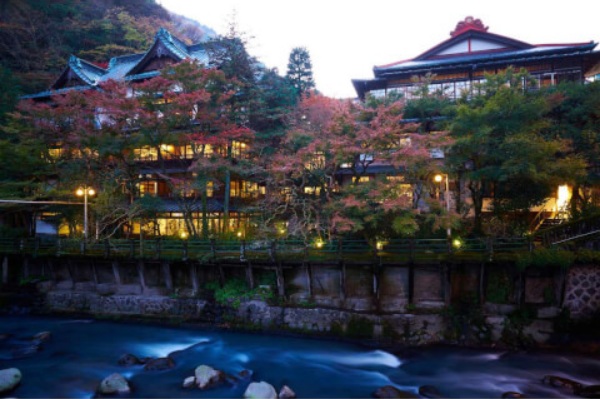
Ryokan Motoyu Kansuiro is a historically significant establishment with a name derived from a tale of discovering Buddhist relics in a small pagoda near the nearby Amidaji Temple a long time ago.
The area is said to have been found to have hot springs in the early Edo period in 1604. The predecessor of Kansuiro dates back to the Keicho era, around 1614.
It flourished as one of the "Hakone Seven Hot Springs," and Tokugawa Mitsukuni (Mito Komon) is said to have stayed here.

Many famous personalities have utilized Kansuiro throughout its long history.
Notably, Princess Miya-no-miya, the sister of Emperor Taisho, who married General Tokugawa Iesato due to the Meiji government's policy of integrating the imperial family and the military, spent her later years at this inn and passed away here.
Other notable figures who have enjoyed Kansuiro include Tensho-in (Atsuhime), who was part of the Tokugawa shogunate kitchen staff, Tojo Hideki, the father of modern China Sun Yat-sen, and the great literary figure Natsume Soseki. It was especially beloved by Japan's first Prime Minister, Ito Hirobumi.
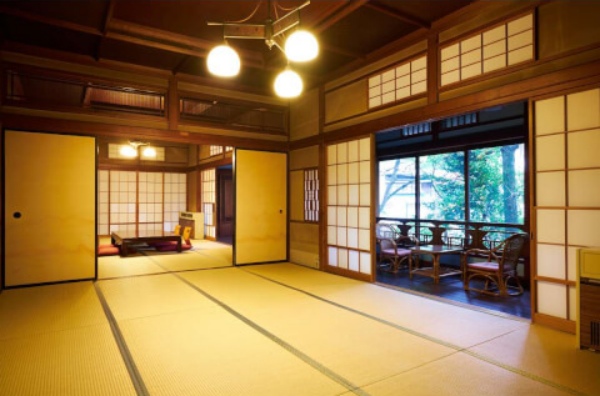
The interior of Kansuiro, with such a glorious history, is a nostalgic space that transports you back to the Taisho era. Handwritings of Ito Hirobumi and Sun Yat-sen are worth a look.
Additionally, the building is one of the few wooden high-rise structures built in the mid-Taisho era, designated as a National Registered Tangible Cultural Property.
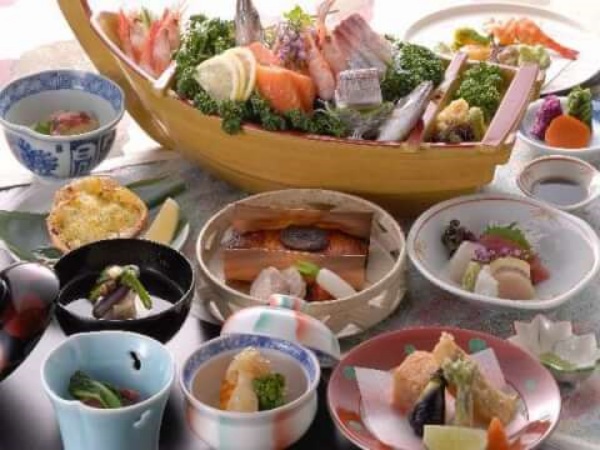
Cuisine at Kansuiro is kaiseki, changing monthly, featuring an abundance of local mountain produce from Hakone and seafood from Sagami Bay and Odawara.
The head chef prepares seasonal ingredients carefully selected for each season, and the rice, cooked with high-quality spring water unique to Hakone, is exceptional.
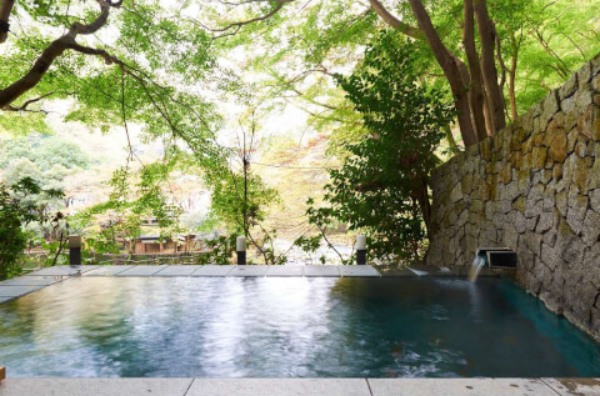
It offers 100% alkaline simple hot spring water that has a significant beautifying effect on the skin.
The hot spring expert, known as "Gyoban," adjusts the water temperature daily based on the source's temperature and conditions.
There are various baths, including an open-air bath along the stream, "Taisho Bath" with tiles imported from the Taisho era (indoor bath), private baths, and a rock bath.
Enjoying a luxurious Hakone experience in a hot spring inn favored by historical figures promises to be an intriguing aspect of Hakone life.
Ryokan Motoyu Kansuiro Information
Address: 88 Tounosawa, Hakone-machi, Ashigarashimo-gun, Kanagawa
Access: 15 minutes on foot from Hakone Yumoto Station (shuttle available from Hakone Yumoto Station)
Phone: 0460-85-5511
Price: Starting from 12,000 JPY (for 2 adults)
Hot Spring: Tounosawa Onsen
Spring Quality: Alkaline simple hot spring
Check and booking: Official Website (Japanese/English) | Agoda
【Recommended Hot Spring Hotels in Owakudani, Miyanoshita, and Gora】
Starting from Hakone Yumoto and Tazawako, let's explore the hot springs along the Hakone Tozan Railway slope in Owakudani, Miyanoshita, and the endpoint and cable car departure point in Gora.
Owakudani and Miyanoshita, situated halfway up Mount Hakone, were developed as resorts during the Meiji era.
Furthermore, Gora, located at the point where you can truly feel the elevation change in Hakone, serves as the central hub for Hakone sightseeing.
Enjoy the pleasures of sightseeing and hot springs in this convenient area of Hakone.
1. Tokinoyu Setsugetsuka
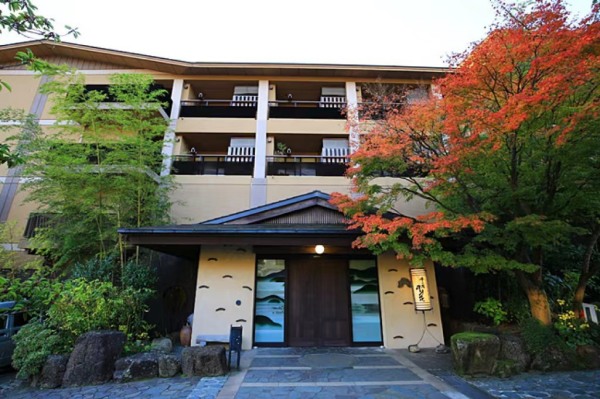
Alongside Hakone Yumoto, Gora is a representative hot spring area in Hakone.
The origin of the peculiar name "Gora" has various explanations, but it is said to be named because large rocks are scattered around the area.
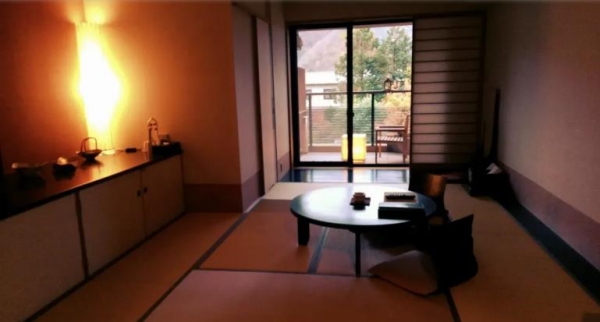
Tokinoyu Setsugetsuka is a conveniently located hot spring ryokan, just a 1-minute walk from Gora Station.
"Setsugetsuka" expresses the hope that guests can enjoy the elegant scenery of the four seasons, with the garden offering views of flowers, the moon, and snow.
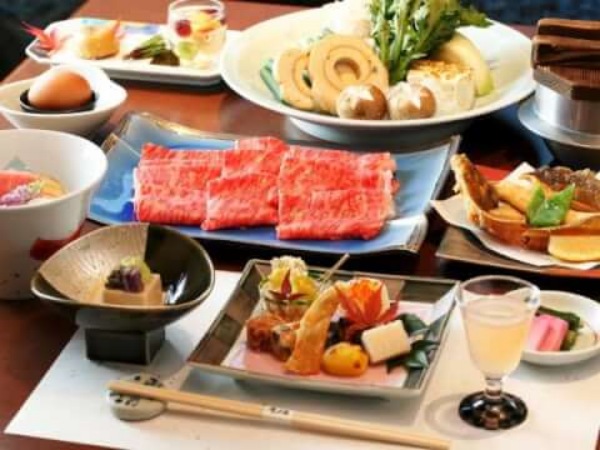
All 158 rooms come with open-air baths made of Japanese cypress.
The rooms are spacious, creating a comfortable space where you can feel the Japanese atmosphere everywhere.
You can choose from Japanese-Western fusion rooms, double Western-style rooms, or spacious Western-style rooms (common specifications) based on the number of people and your travel style.
The delicious food is also very enticing.
For dinner, you can choose from two types depending on the day's taste and mood:
- Kacho: A combination of San-kai Shi-jiki (three meetings and four seasons) colorful hot pot, Japanese kaiseki cuisine, and plenty of locally caught seafood.
- Fugetsu: A combination of high-quality Japanese beef shabu-shabu, sushi, and tempura.
Both restaurants surround the courtyard, allowing you to enjoy the exquisite food while appreciating Hakone's proud gardens and mountains.
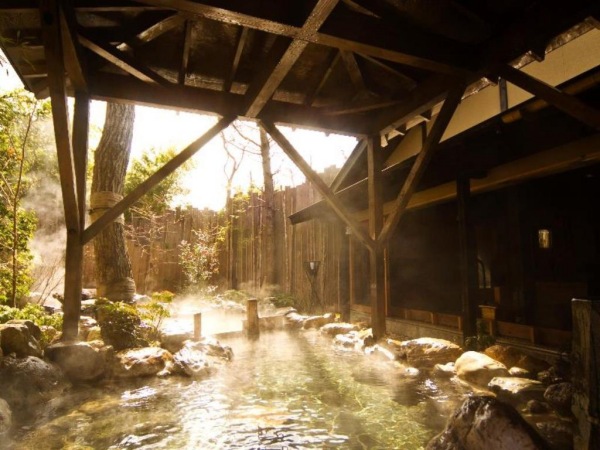
The main charm lies in fully enjoying the hot springs.
Abundant hot water flows directly from two sources, and you can enjoy various indoor baths with different flavors, such as the ancient bath, Shinroku bath, and meditation bath.
The open-air bath, "Bonmi no Yu," is a comfortable hot spring that refreshes your body and mind, offering different scents during the day and at night.
Unique carbonated spring "Yu no Ma" and three types of private open-air baths... the joy of bathing in hot springs is very fulfilling.
Tokinoyu Setsugetsuka Information
Address: 1300-34 Gora, Hakone-machi, Ashigarashimo-gun, Kanagawa
Access: 1-minute walk from Hakone Tozan Railway Gora Station
Phone: 0460-86-1333
Price: Starting from 13,888 JPY (for 2 adults)
Hot Springs: Gora Onsen, Owakudani Gora Onsen
Spring Qualities: Sodium chloride/calcium spring, calcium/sodium sulfate spring, sodium chloride spring
Booking: Booking.com | Agoda
2. Hakone Kowakudani Onsen Ryokan Mizunoto
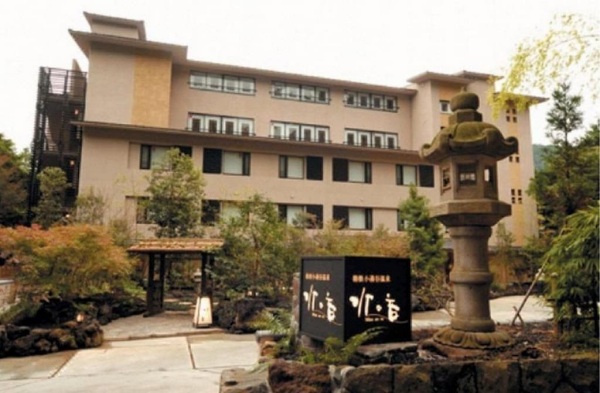
This is the sister ryokan to Setsugetsuka, which was introduced earlier.
Kowakudani Onsen has two water sources, allowing guests to enjoy both Kowakudani and Miyanoshita hot springs simultaneously.
The name "Mizunoto" comes from the Japanese unique sound-producing device, "Suikinkutsu."
Suikinkutsu is an instrument that produces sound by utilizing water overflowing in the garden or at the garden's edge, named after its tone resembling a koto, a traditional Japanese stringed instrument.
You can hear it everywhere, at the entrance and in front of the bath, and its soothing tones will heal your tired body and mind.
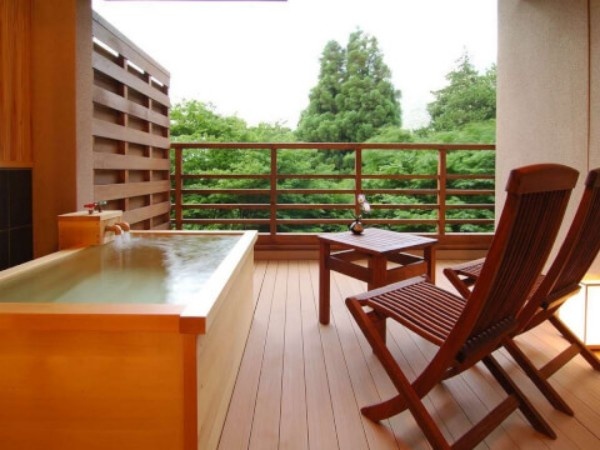
The ryokan is divided into "Shinkan Suika no Sho" and "Honkan Suigetsu no Sho."
The Shinkan has 53 rooms with open-air baths, and the Honkan focuses on Japanese-Western style rooms that combine Japanese hospitality with Western functionality.
Both are widely popular for their pleasant tranquility set against the backdrop of Hakone's nature.
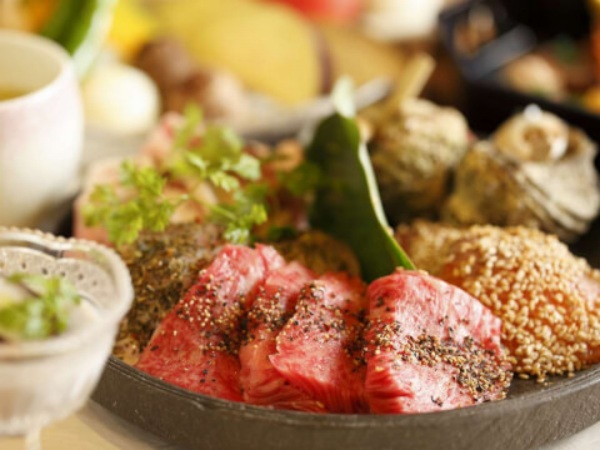
You can choose from two types of dinner at this Japanese ryokan, similar to its sister ryokan, Setsugetsuka.
- Tsutsuji-tei: Enjoy a Japanese-style course centered around grilled Wagyu beef.
- Ashigara/Haya-kumo: Follow a route that includes seafood from the nearby sea and local mountainous areas.
Both are exquisite dishes prepared with carefully selected ingredients, and you can savor them in a comfortable space while listening to the gentle flow of the river.
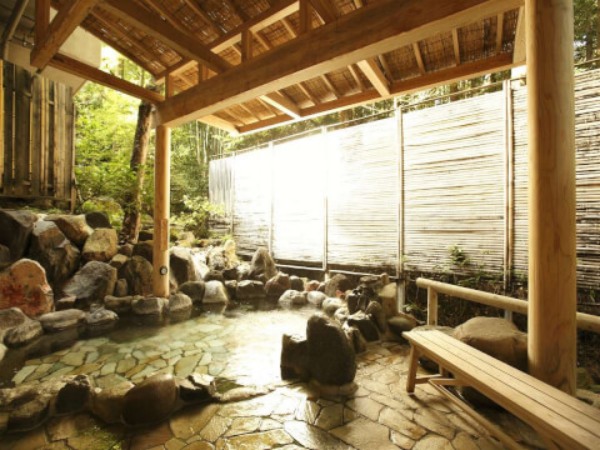
The ryokan's hot spring facilities are well-equipped. As mentioned earlier, you can enjoy two hot springs, Kowakudani and Miyanoshita. The Shinkan uses Kowakudani Onsen, while the Honkan uses Miyanoshita Onsen.
Each room has a large communal bath and open-air bath, allowing you to enjoy 13 types of hot water, including private garden baths with unique gardens.
Hakone Kowakudani Onsen Ryokan Mizunoto Information
Address: 492-23 Kowakudani, Hakone, Ashigarashimo District, Kanagawa
Access: 12 minutes on foot from Hakone Tozan Railway Kowakudani Station
Phone: 0460-82-6011
Price: Starting from 9,259 yen per person (for 2 adults)
Hot Springs: Kowakudani Onsen, Miyanoshita Onsen
Spring Quality: Pure salt spring, Pure weak salt spring
Booking: Booking.com | Agoda
3. OUKYUAN BETEI RIN
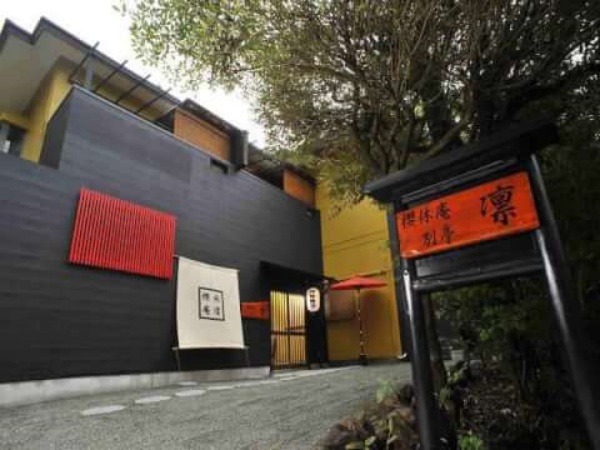
Despite being located in the Miyanoshita area, the source of Sakurakyuan Bettei Rin is Kiga Onsen, a part of the Hakone Seven Famous Springs.
Kiga Onsen, once beloved by the Hojo clan of Odawara and the Tokugawa Shogunate family, had faced decline and disappearance.
Adding to the challenge, there is also the nearby "Miyagino Onsen," making it harder to find.
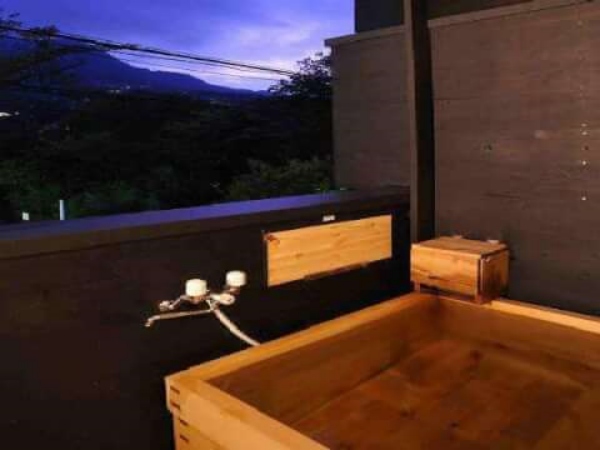
Sakurakyuan Bettei Rin is a precious ryokan where you can indulge in the 100% free-flowing Kiga Onsen, once cherished as the Shogunate's exclusive hot spring.
Though not very large, this ryokan has been ranked first on the travel information website Jalan for ten consecutive years.
All five rooms come with scenic open-air baths.
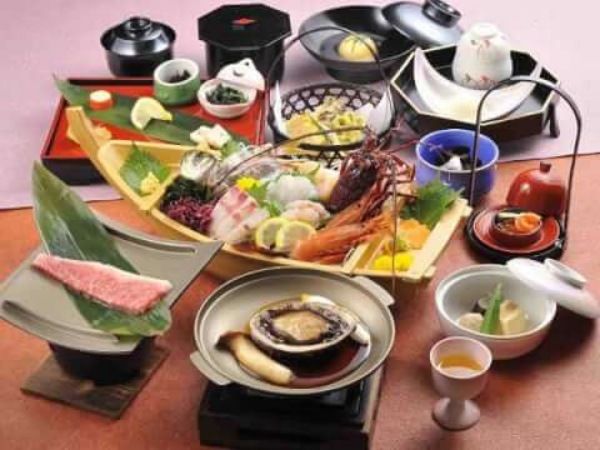
While in most ryokans, the baths in guest rooms are not fed by hot springs, in this ryokan, you can experience the authentic Kiga Onsen.
There are also two indoor baths available 24 hours a day.
The cuisine includes Japanese kaiseki meals that make ample use of locally sourced fresh ingredients, featuring premium items like abalone and lobster.
OUKYUAN BETEI RIN Information
Address: 1348-1 Miyagino, Hakone, Ashigarashimo District, Kanagawa
Access: Approximately 20 minutes by bus from Hakone Yumoto Station heading to Gora. Get off at "Miyagino-bashi Bus Stop" and walk about 8 minutes.
Phone: 042-729-5758
Price: From 10,000 yen per person (for 2 adults)
Hot Springs: Kiga Onsen
Spring Quality: Sodium chloride, Weak alkaline, Low permeability, High-temperature spring
Booking: Official Website | Jalan.net | Rakuten Travel
One of the charms of Hakone Onsen is the ability to experience various types of hot springs. Among the ryokans introduced this time, there are many places to stay.
Visiting several hot springs in Hakone to observe the differences in the springs and their qualities can be quite intriguing. Enjoy the changing seasons and the unique atmosphere of Hakone while seeking out the hot spring that suits your preferences!
